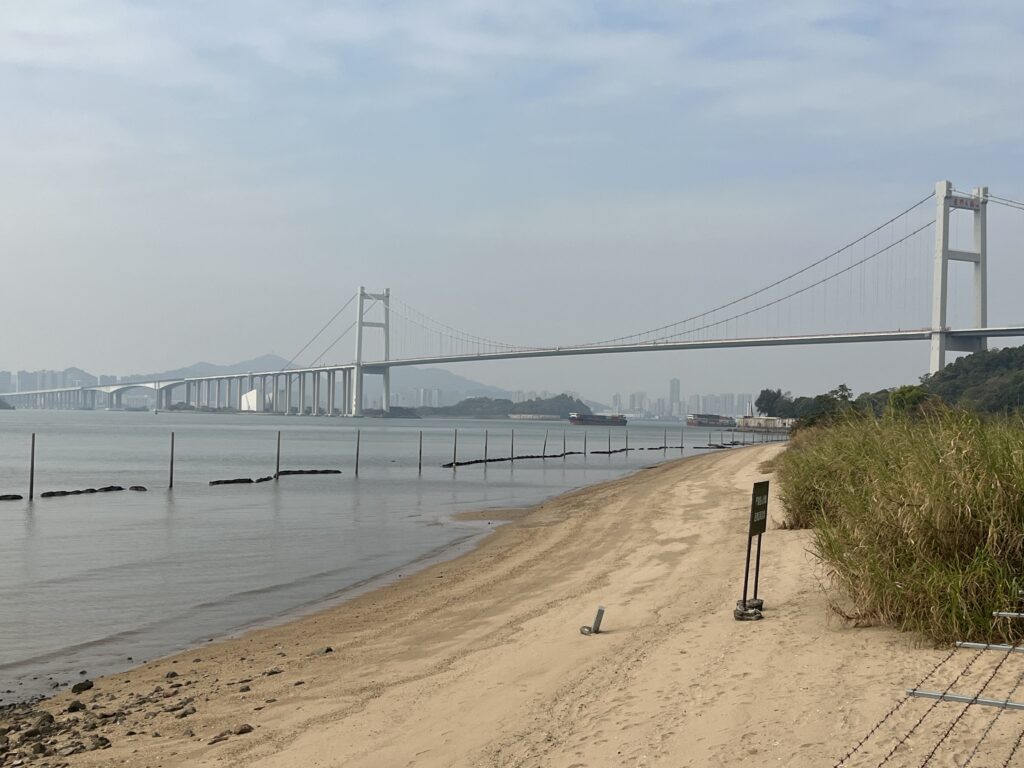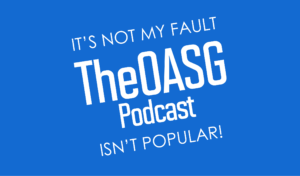Ningbo Attack Monkeys | The Official Schoolgirl Milky Crisis Blog


The main approach towards Guangzhou on the Pearl River is dominated by a midriver island, called the Big Tiger because it is shaped a bit like one. The waters around came to be known in Chinese as Humen, the “Tiger Gate”, although Europeans tended to refer to it in allusion to a slight Portuguese mistranslation that called it the Tiger’s Mouth. In the days of Guangzhou as a trading port, the sole point of access for most Europeans in China, both the midriver island and the banks that flank it were festooned with forts and cannons, in the vain hope of keeping foreigners and pirates in check.

It was here, at Humen, that the Chinese anti-drugs tsar Lin Zexu famously showed the British that he meant business by destroyed 200,000 crates of confiscated opium, hurling them into two large ponds, mixing in copious quantities of salt and lime, and then repeatedly flushing the stinky mess out into the river. As I sign my way into the Opium War Museum, the security guard mentions that the ponds are still there, visible right through the window next to me. Today, they are two unassuming bodies of water strewn with lily pads, each about twice the size of an Olympic swimming pool.

“Are you German?” he asks me, oddly. “What country are you from?”
“England,” I say.
“Ah, then that’ll be your opium that was out there!” he says, patting my shoulder with a sad smile.
The Lin Zexu Memorial Pavilion in Humen is an official “Patriotic Education Base.” To hear some of the shrill internet punditry about it, you would be forgiven for thinking that it was a monument to shouty propaganda, but I found it to be carefully even-handed. When British parliamentarians themselves were calling the Opium War the lowest deed in British history, it’s hardly surprising that the museum calls the drugs trade evil. But it also celebrates Lin Zexu, the brave official who wished he could be a freight and logistics policy-maker, but ended up chiding the British for flogging an addictive drug to the Chinese.

A whole wall is devoted to portraits and potted histories of the British and American authors, missionaries and diplomats who publicly argued that the opium trade was shameful, including, to my great surprise, the future governor of Hong Kong, John Bowring. Meanwhile, although the Chinese story reflects the position of Lin Zexu in the modern Chinese school curriculum as the first herald of a China that could stand up for itself, the museum does not shy away from the fact that he was cancelled after dragging the English into war, packed off to a remote posting in the western desert, as far from the sea as it was possible to go. Included in the exhibition is Qing Xiaohong and Huang Qiannan’s painting Lin Zexu departs for exile in Xinjiang, in which the proud hero to be found in multiple statues and portraits elsewhere in the museum is reimagined as a haunted failure.

The story of the Opium Wars and their aftermath, notes the exit sign in the museum, leaves “a lot of question churning in our brains.” It ponders why the opium crisis, which could have easily been a global phenomenon, was so conspicuously limited to China. It wonders why a drug that had been safely used as a medicine for centuries would suddenly become a dangerous recreational narcotic. It pointedly asks if the blame really lay entirely with the feckless outsiders who made their fortunes as drug-dealers, when the vainglorious, collapsing Qing dynasty seemed unable to police its own subjects.

I’ve been reading Julia Lovell’s history of the opium war. She is very good on both the politics back home in Britain and the reports from the Chinese. She also has an eye for bonkers details, my favourite being the decision of one mandarin in Ningbo to acquire a barrel of monkeys, strap fireworks to them, and find some way of flinging them at the Royal Navy so they could scramble around the ships spreading fire. His genius scheme for the Ningbo Attack Monkeys was thwarted because none of the Chinese could think of a way to get close enough to the English, even if furnished with a monkey-flinging catapult.
Lovell is clear-eyed about the evils of the drug trade, the craven nature of most of the British, and the extinction-level incompetence and corruption of the Chinese. What does surprise me, however, is the message of her closing chapters on the historiography of the war, in which she argues that the Chinese did not give much of a toss about it until 1990, when it was suddenly squirted onto the school curriculum as part of a concerted effort to create a narrative of the “Century of Humiliation.” Somewhere in Beijing, a meeting of policy wonks had concluded that the protestors in Tiananmen Square were lacking in sufficient national spirit, and that the next generation needed to be spoon-fed a narrative of foreign oppression and Chinese resistance, with the Opium Wars as the obvious starting point. That’s all very well, but wouldn’t it have been obvious before 1990 as well…?
Jonathan Clements is the author of A Brief History of China.








